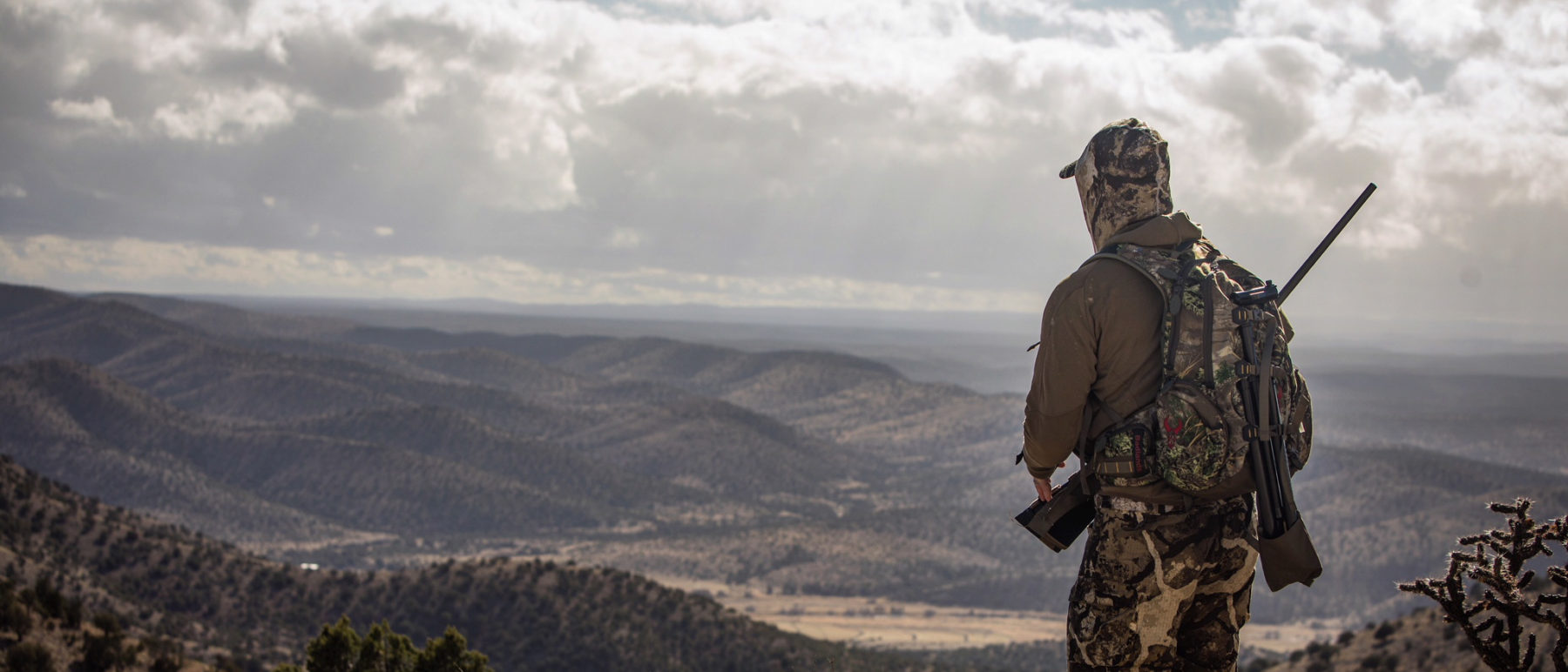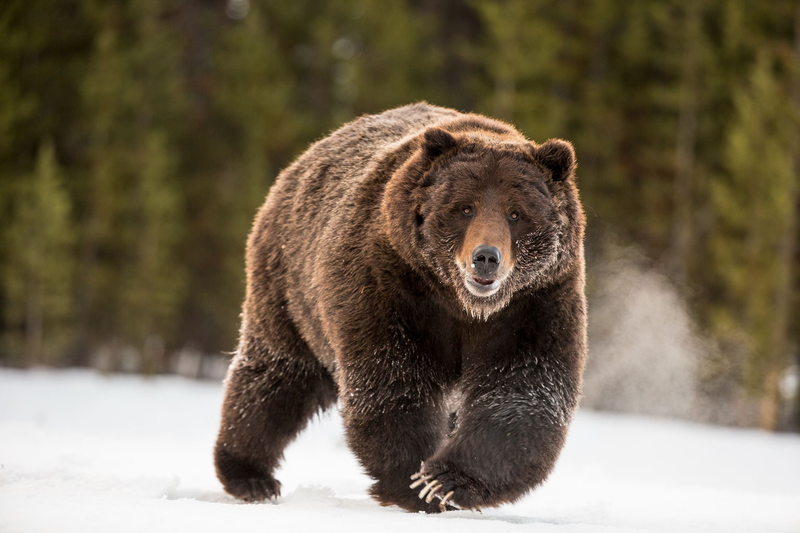
Bear
Bear — power of the wild.
The bear is one of the most respected and powerful game animals, symbolizing raw strength and survival in the wilderness. Known for its sharp instincts and formidable presence, the bear challenges hunters with both danger and reward. Pursuing a bear requires courage, experience, and precision, making it one of the greatest achievements in hunting. Beyond the thrill, the bear provides valuable meat and a highly prized hide, long considered a mark of prestige. Hunting the bear is not just about the trophy — it is a test of skill, bravery, and respect for nature’s might.
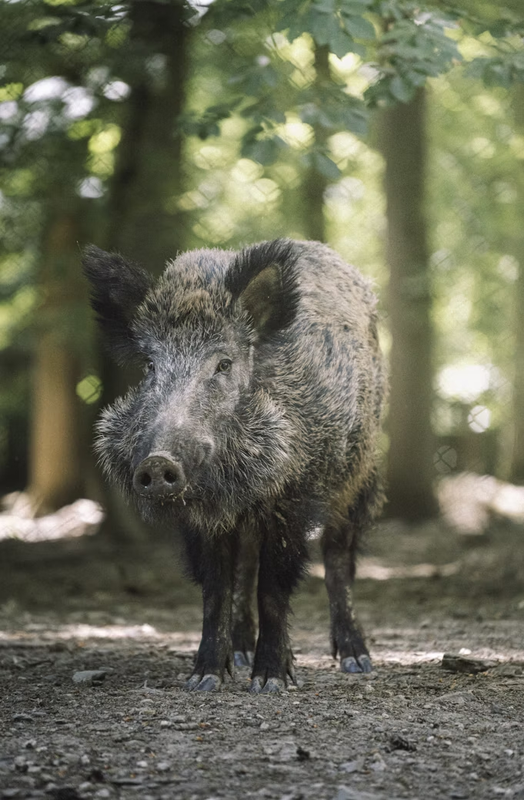
Boar
Boar — fearless, fierce hunting challenge.
The wild boar is a strong and fearless game animal, admired for its power, aggression, and determination. Known for its sharp tusks and unpredictable behavior, the boar presents hunters with a thrilling and dangerous pursuit. Tracking and taking down a wild boar requires courage, quick reflexes, and a well-planned strategy. Beyond the challenge, the boar provides rich, flavorful meat and a respected hunting trophy. For centuries, hunting wild boar has symbolized bravery, endurance, and respect for the raw force of nature.
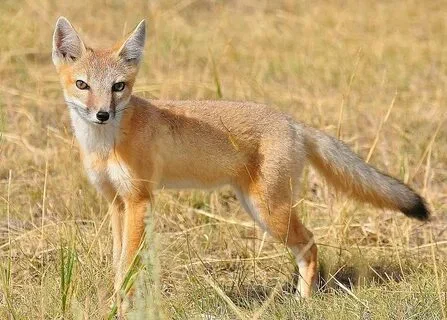
Corsac
Corsac — cunning steppe predator.
The corsac fox is a swift and cunning predator of the steppes, valued in hunting traditions for both its challenging pursuit and prized fur. Known for its sharp instincts and agility, the corsac tests a hunter’s patience and skills, often vanishing quickly into vast open landscapes. Its thick, soft pelt has long been admired for warmth and quality, making it a desirable trophy. Hunting the corsac is not only about the chase, but also about experiencing the true spirit of the steppe wilderness.
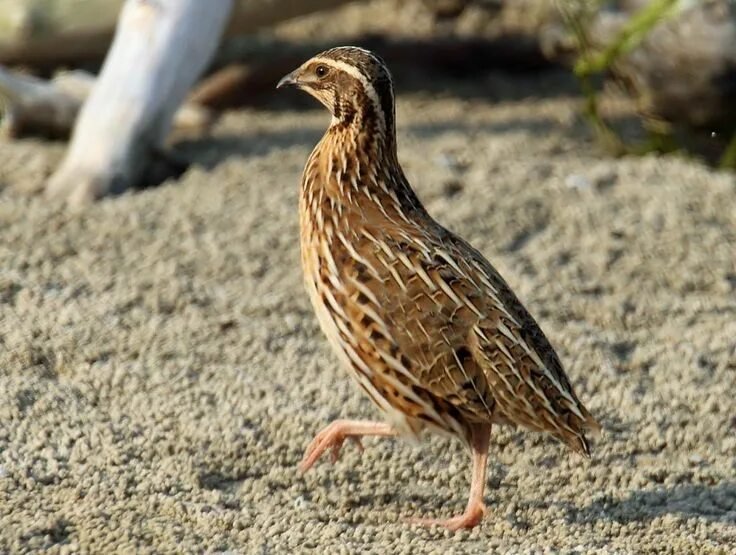
Coturnix Quail
Quail — swift, prized hunting bird.
The coturnix quail is a small but highly valued game bird, admired for its speed, agility, and delicious meat. Found in fields and grasslands, quail hunting requires sharp reflexes, patience, and precision. Their sudden takeoffs and swift flight make them a true test for hunters, combining skill and excitement. Beyond the challenge, quail are prized for their tender, flavorful meat, long considered a delicacy. Hunting quail embodies the spirit of tradition, sport, and reward in the field.
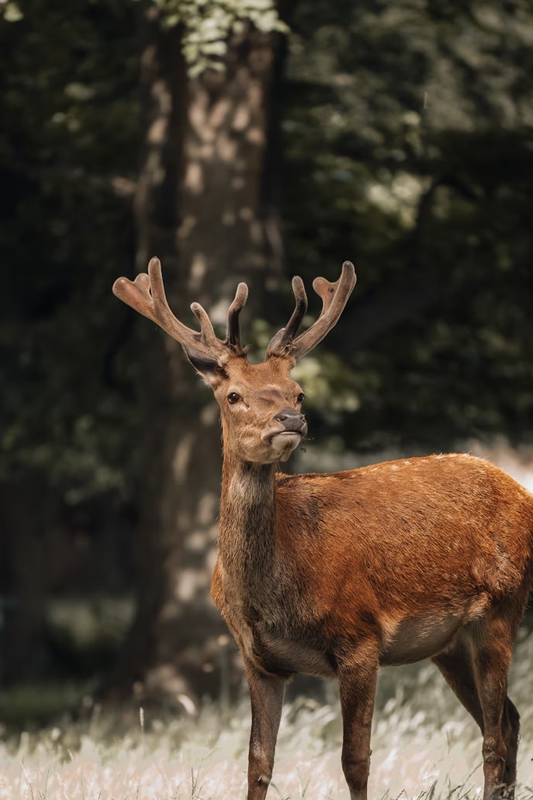
Deer
Deer — symbol of wild challenge.
The deer is a symbol of elegance and wilderness, making it a prized target in hunting traditions worldwide. Known for its keen senses and swift movements, the deer requires patience, skill, and strategy to track and harvest. Beyond the challenge, hunting deer provides high-quality meat, admired for its tenderness and rich flavor. Whether pursued in dense forests or open fields, the deer remains an ultimate game animal, combining tradition, adventure, and respect for nature.
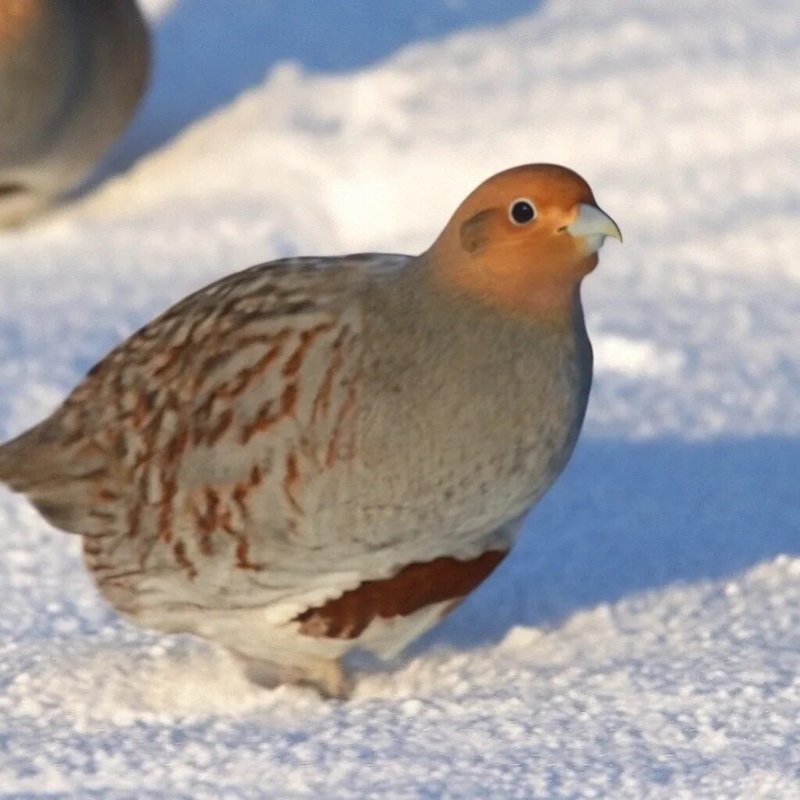
Grey Partridge
Partridge — swift, classic hunting bird.
The grey partridge, also known as perdix, is a traditional and highly valued game bird, admired for its speed, agility, and sudden flight. Found in open fields, farmlands, and meadows, partridges live in coveys and often surprise hunters with their explosive takeoffs. Hunting partridge requires sharp reflexes, precision, and patience, making it both a challenge and a rewarding pursuit. Beyond the thrill of the chase, the partridge is prized for its tender, flavorful meat, long considered a delicacy in traditional cuisine. For many hunters, pursuing partridge is the essence of upland bird hunting.
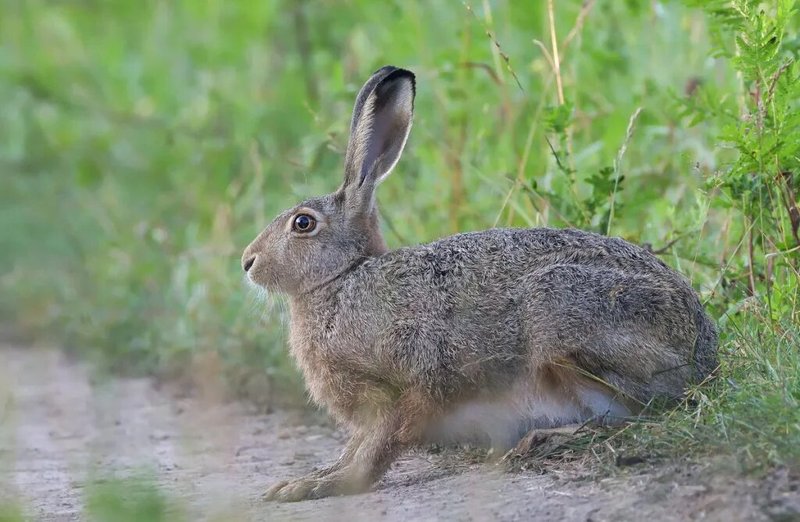
Hare
Hare — swift, elusive game.
The hare is a classic game animal, admired for its speed, agility, and sharp instincts. Found in fields, forests, and steppes, the hare offers hunters a thrilling challenge with its unpredictable movements and sudden bursts of speed. Hunting hare requires quick reflexes, patience, and precision, making it both exciting and rewarding. Beyond the pursuit, hare meat is valued for its lean, tender quality, long cherished in traditional cuisine. For centuries, hare hunting has symbolized skill, endurance, and the spirit of the chase.
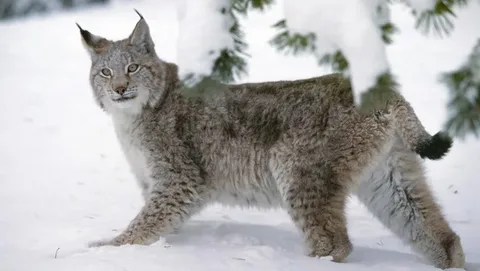
Lynx
Lynx — silent master of forests.
The lynx is a secretive and powerful predator, admired for its sharp vision, stealth, and strength. Known as the silent hunter of the forests, it challenges hunters with its elusive behavior and keen senses. Hunting a lynx requires patience, tracking skills, and respect for one of nature’s most mysterious animals. Its thick, spotted fur is highly valued, symbolizing both prestige and tradition. Pursuing the lynx is not only a test of skill, but also a rare encounter with the true spirit of the wilderness.
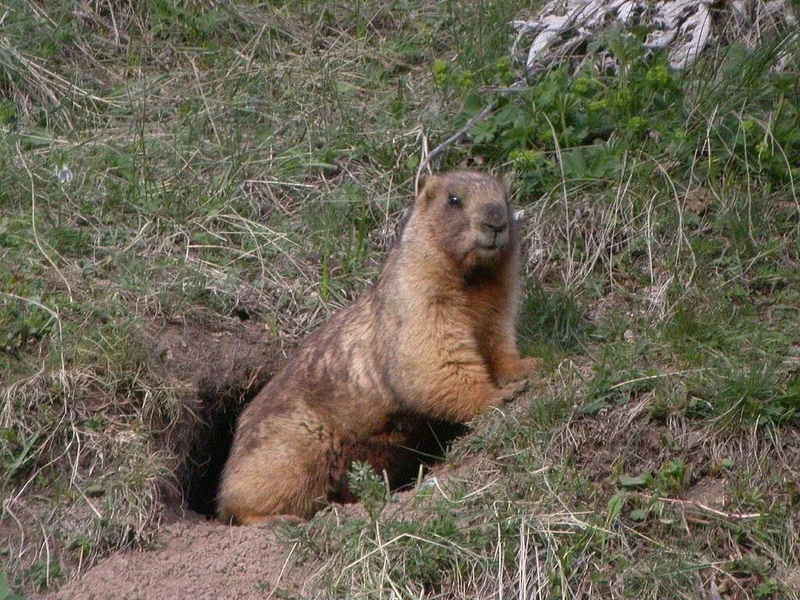
Marmot
Marmot — alert steppe dweller.
The marmot is a well-known inhabitant of steppes and mountain meadows, recognized for its sharp vigilance and loud warning calls. Though small in size, it is highly valued in hunting traditions for its thick, warm fur and flavorful meat. Hunting marmots requires patience, careful tracking, and precise shooting, as these animals are quick to retreat into their burrows at the slightest sign of danger. Beyond the hunt, the marmot represents a deep connection with steppe life and the heritage of traditional hunting practices.
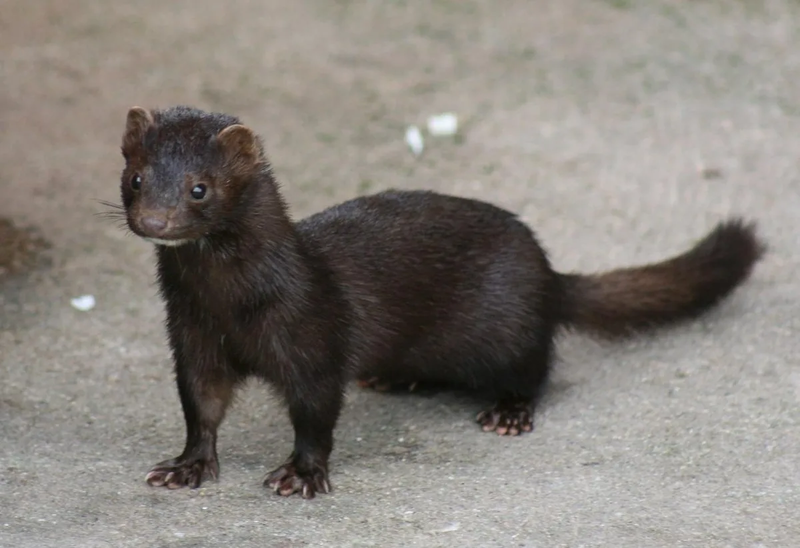
Mink
Mink — swift, prized fur hunter.
The mink is a small but agile predator, known for its sleek body, sharp instincts, and exceptional swimming skills. Highly valued for its luxurious fur, the mink has long been one of the most prized animals in hunting and trapping traditions. Hunting mink requires patience and precision, as it is quick, elusive, and often found near rivers, lakes, and wetlands. Its thick, glossy pelt has been treasured for centuries as a symbol of wealth and prestige. Pursuing the mink is not only about the trophy, but also about the experience of tracking one of nature’s most resourceful predators.
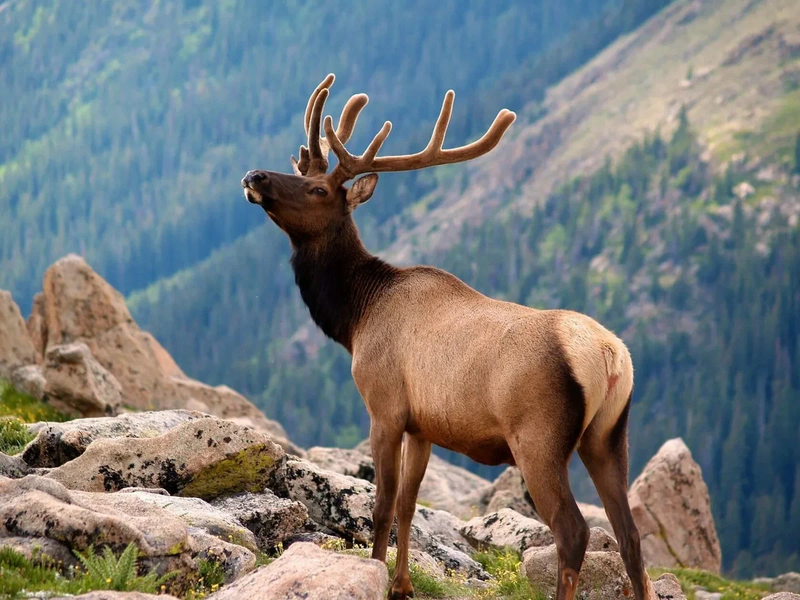
Moral
Maral — majestic red deer.
The maral is a magnificent subspecies of red deer, highly respected in hunting traditions for its size, antlers, and strength. Found in mountain forests and taiga, the maral symbolizes endurance, wilderness, and prestige. Its impressive antlers make it one of the most desired trophies, while its cautious nature requires patience, skill, and strategy to hunt. Beyond the pursuit, maral hunting provides high-quality venison and a deep connection with centuries-old hunting culture. For many, harvesting a maral is the pinnacle of hunting achievement.
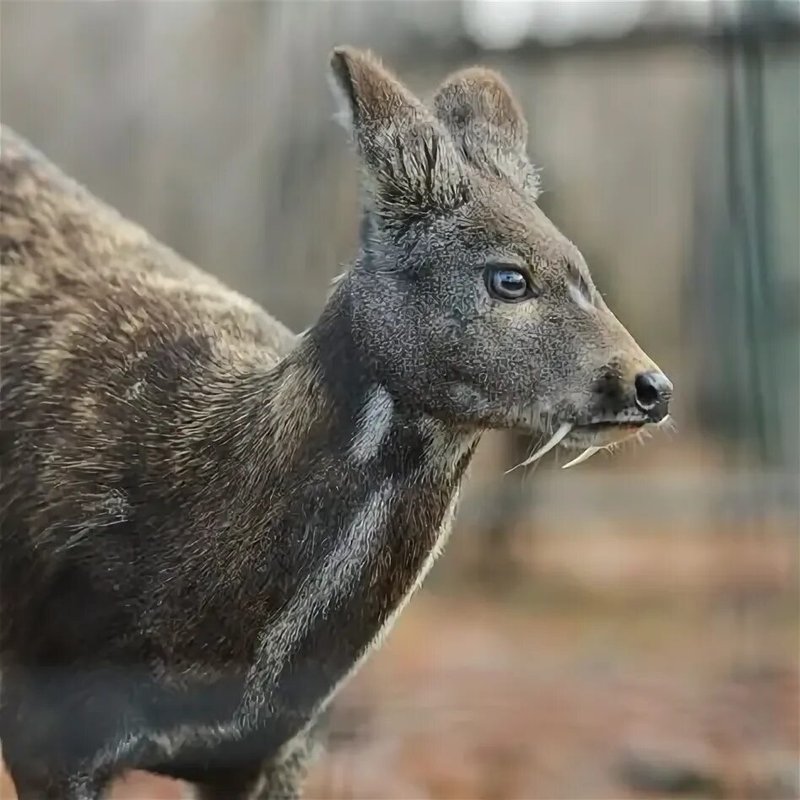
Musk
Musk deer — rare hunting trophy.
The musk deer is a unique and elusive species, highly valued in hunting traditions for its rarity and distinctive musk gland. Small in size but incredibly agile, this animal demands patience, sharp eyesight, and precise skills from the hunter. Beyond the thrill of the chase, the musk deer has been historically prized for its musk, once more valuable than gold. Hunting this elusive creature represents not only a challenge but also a connection with centuries-old traditions of the wild.
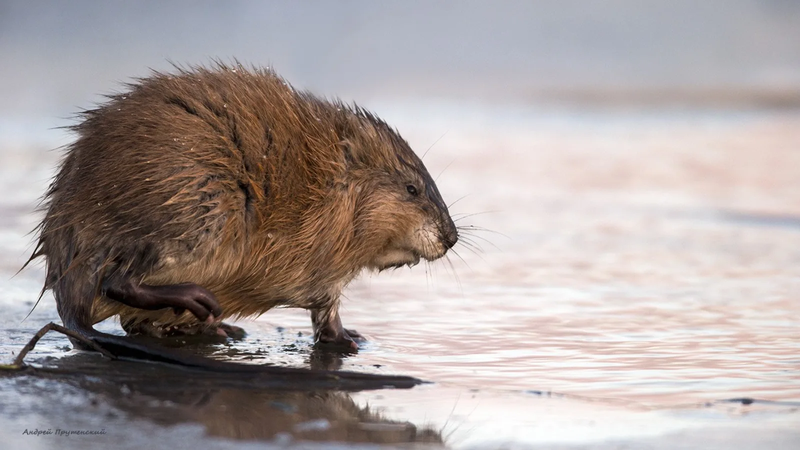
Muskrat
Muskrat — skilled swimmer, prized fur.
The muskrat is a semi-aquatic rodent, known for its adaptability, strong swimming skills, and valuable fur. Found near rivers, lakes, and wetlands, it has long been a traditional target for hunters and trappers. Despite its small size, hunting muskrat requires attention and patience, as it is quick, cautious, and often active at dawn or dusk. Its thick, waterproof pelt is highly prized in the fur trade, while its meat is sometimes used in local cuisine. Hunting muskrat combines skill, tradition, and respect for the waterways it inhabits.
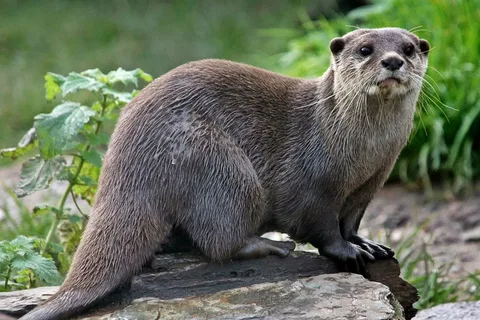
Otter
An otter is a semi-aquatic predatory mammal of the mustelid family
An otter is a semi-aquatic predatory mammal of the mustelid family, possessing a streamlined body, flexible trunk, short webbed paws, and a strong tail, adapted for swimming and hunting in water. Otters feed on fish and shellfish, using stones to crack them open, and inhabit rivers and other bodies of water.
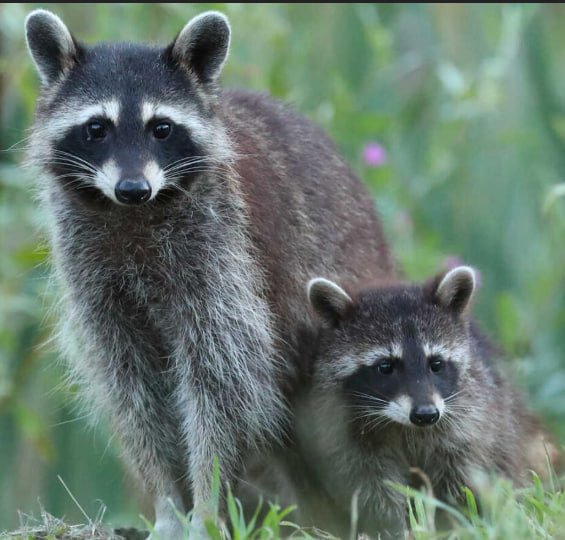
Raccon
Raccoon — clever, elusive game.
The raccoon is a cunning and adaptable animal, known for its intelligence, dexterity, and nocturnal lifestyle. Found near forests, rivers, and farmlands, it often challenges hunters with its resourcefulness and unpredictable behavior. Hunting raccoons requires patience, tracking skills, and sometimes night pursuits, as they are most active after dark. Beyond the challenge, raccoon fur has been valued for its warmth, while its meat is used in traditional cuisine in some regions. For many hunters, the raccoon represents both an exciting chase and a connection to time-honored hunting practices.
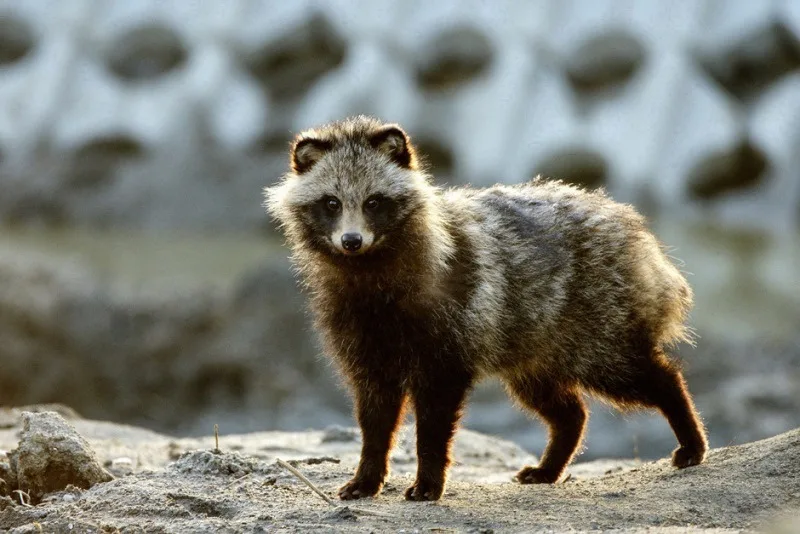
Raccon Dog
Raccoon dog — rare, prized fur.
The raccoon dog is a unique and elusive animal, resembling a raccoon but belonging to the canid family. Known for its thick, luxurious fur and adaptability, it has long been valued in hunting traditions. The raccoon dog inhabits forests, wetlands, and river valleys, where it uses its cunning and caution to remain hidden. Hunting raccoon dogs requires patience, tracking skills, and a keen eye, as they are primarily nocturnal and elusive. Beyond the challenge, their fur has been treasured for warmth and durability, making them a highly prized game animal.
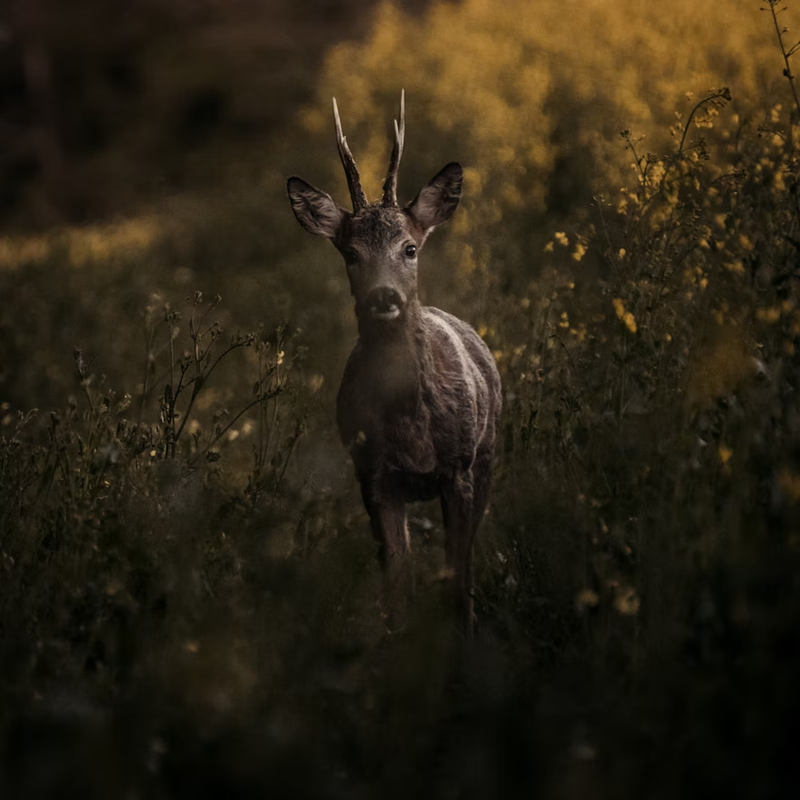
Roebuck
Graceful deer, prized hunting trophy.
The roebuck, or roe deer, is a graceful and agile animal that inhabits forests, meadows, and woodland edges across Europe and Asia. Known for its elegant stature and alert nature, the roebuck is one of the most sought-after game animals in traditional hunting. Its reddish-brown summer coat and lighter winter fur make it well adapted to changing seasons. Hunting roebuck requires patience, stealth, and precise shooting skills, as they are cautious and quick to flee. Beyond the challenge, the roebuck is valued both as a trophy and for its lean, flavorful meat, making it a highly respected quarry among hunters.
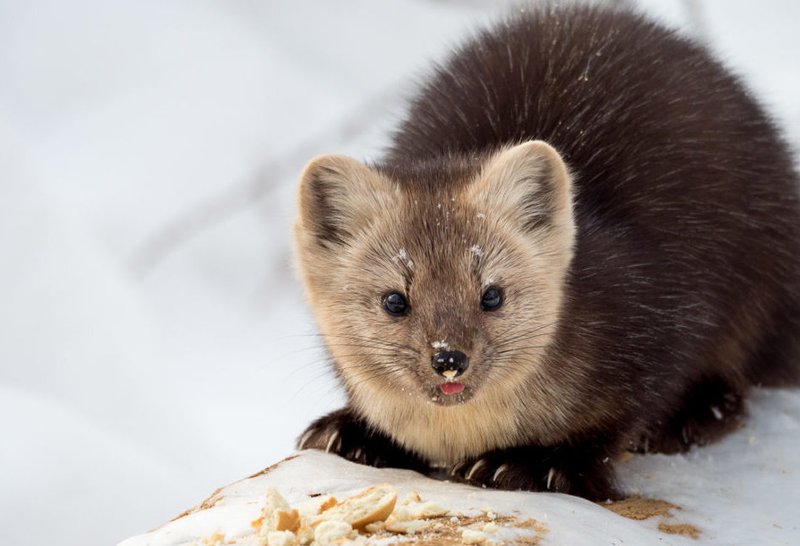
Sable
Rare fur, elusive forest hunter.
The sable is a small, agile predator inhabiting the dense forests of Siberia and northern Asia. Renowned for its luxurious, silky fur, the sable has been one of the most prized animals in the history of fur trade, symbolizing wealth and prestige. Despite its size, the sable is a skilled hunter, feeding on small mammals, birds, and forest fruits. Hunting sable is considered a challenge due to its secretive nature, keen senses, and preference for remote, rugged habitats. For centuries, sable fur has been valued for its softness, durability, and unique sheen, making it one of the most treasured trophies in hunting traditions.
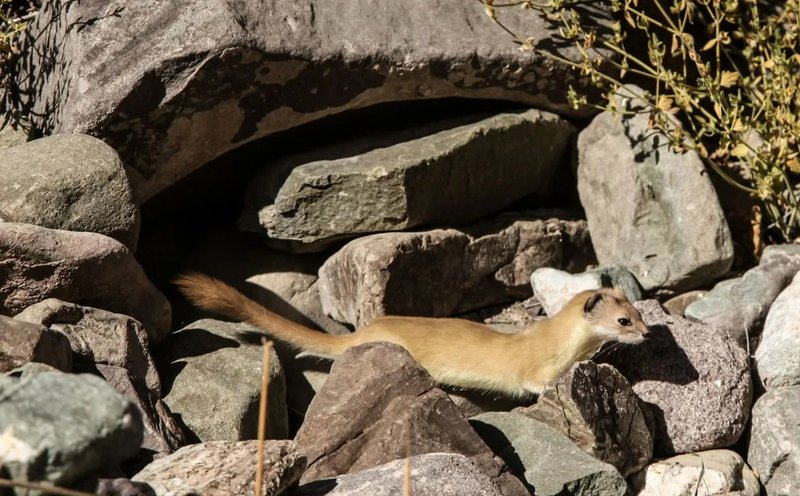
Solongoy
Swift hunter with sleek fur.
The solongoy, also known as the Siberian weasel, is a slender and agile predator inhabiting forests, steppes, and river valleys across Central and Eastern Asia. With its elongated body, sharp instincts, and remarkable speed, the solongoy is an efficient hunter, feeding on rodents, birds, and small game. Its thick, glossy fur has long been valued in fur trade, making it a sought-after species for hunters. Despite its small size, the solongoy is fearless, resourceful, and adaptable, capable of thriving in harsh climates. For hunters, pursuing the solongoy offers both challenge and reward, as it combines elusive behavior with highly prized fur.
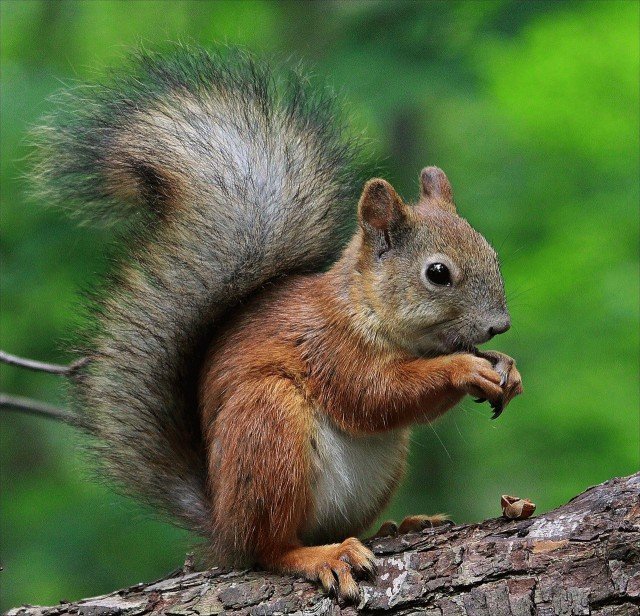
Squirrel
Agile climber with prized fur.
The squirrel is a nimble and lively animal, known for its remarkable agility and sharp senses. Inhabiting forests, groves, and woodland edges, it spends most of its life in the trees, feeding on nuts, seeds, berries, and sometimes insects. For centuries, squirrels have been valued in hunting traditions, primarily for their soft and warm fur, which was widely used in garments and trade. Hunting squirrels requires precision, patience, and knowledge of their habits, as they move swiftly among branches and are quick to hide. Beyond the challenge, the squirrel symbolizes both the abundance of the forest and the hunter’s keen skill.
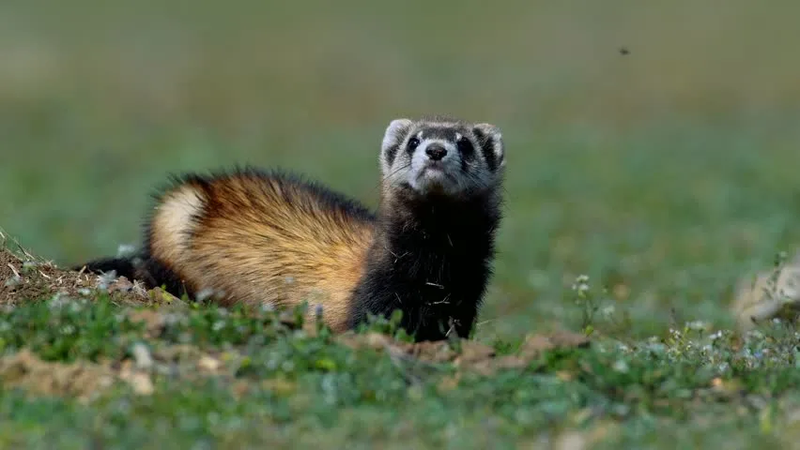
Steppe Ferret
Swift predator of open plains.
The steppe ferret is a slender, agile predator inhabiting the vast steppes and semi-deserts of Eurasia. Known for its sharp hunting instincts and adaptability, it preys mainly on rodents, birds, and small mammals. With its elongated body and excellent sense of smell, the steppe ferret is an efficient hunter, capable of chasing prey into burrows and hiding places. Its dense, soft fur has long been valued in the fur trade, making it a prized animal for hunters. Pursuing the steppe ferret is a challenge due to its vigilance, speed, and nocturnal habits, but its pelt and the excitement of the hunt make it a respected quarry.
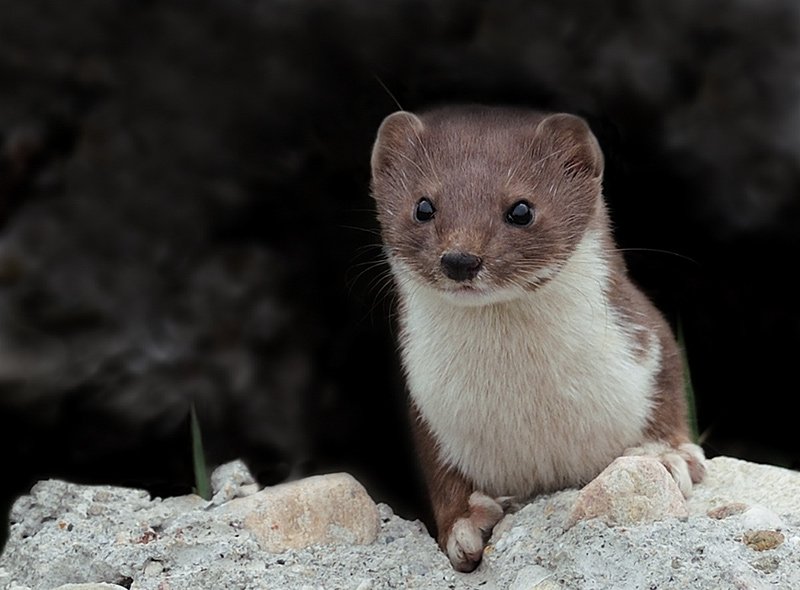
Weasel
Tiny hunter with fierce spirit.
The weasel is the smallest member of the mustelid family, yet it is a remarkably bold and effective predator. Found across forests, meadows, and farmlands, the weasel hunts rodents, birds, and insects with speed and precision. Its slender, elongated body allows it to chase prey into burrows and tight spaces, making it a relentless hunter despite its size. Weasels are active, energetic, and fearless, traits that have long fascinated hunters and naturalists alike. Their soft, short fur has also been valued, though their true significance lies in their role as skilled hunters and symbols of determination in the wild.
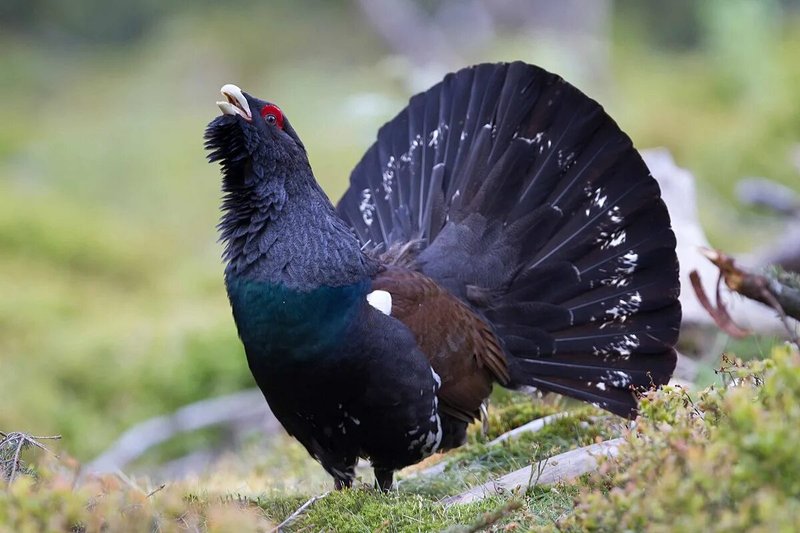
Western Capercaillie
Majestic bird of northern forests.
The Western Capercaillie, also known as the wood grouse, is one of the largest game birds inhabiting the boreal forests of Europe and Asia. Known for its impressive size, striking plumage, and unique courtship display, the capercaillie has long been considered a prized hunting trophy. Males are especially notable for their fan-shaped tails and deep, resonant calls during the spring mating season. Hunting capercaillie requires patience, silence, and knowledge of the forest, as these birds are cautious and well camouflaged. Beyond the challenge of the hunt, the capercaillie is valued for both its meat and its status as a symbol of northern wilderness traditions.
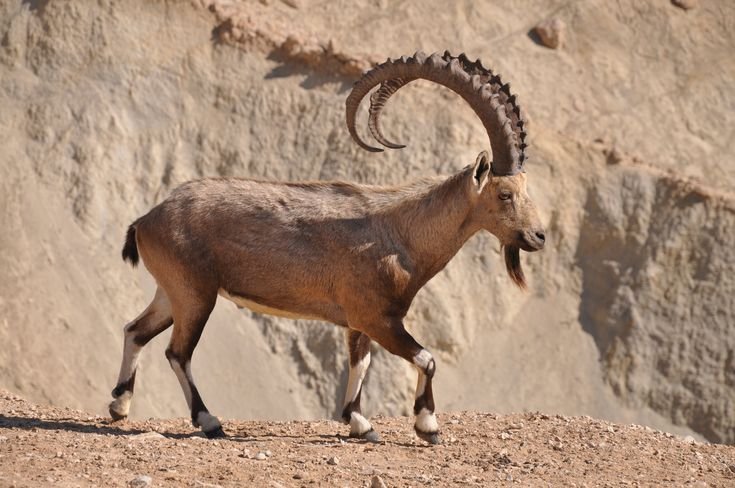
Wild Goat
Wild goat — strength of mountains.
The wild goat, also known as the ibex, is a symbol of endurance and strength in the rugged mountain wilderness. Famous for its curved horns and incredible climbing skills, this animal is a prized target for hunters seeking challenge and prestige. Hunting the wild goat demands stamina, patience, and accuracy, as it thrives in steep, rocky terrains where few can follow. Beyond the pursuit, the ibex provides a remarkable trophy and a deep connection with the traditions of highland hunting.


